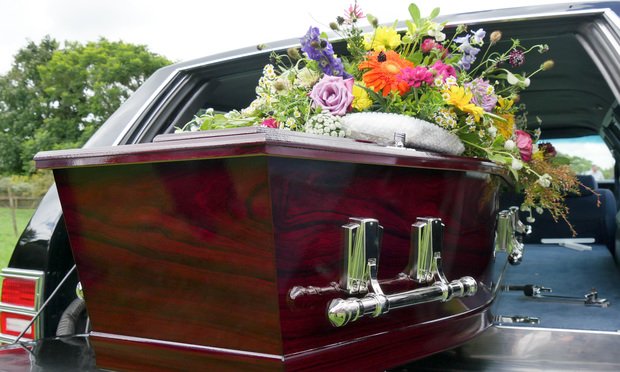 While the process of interring a body and laying someone to rest is typically straightforward and well documented, it is still a human process and as such, accidents can happen. Individuals buried in the wrong grave or sent to the wrong cemetery are not uncommon, however potential mistakes don't end there. (Credit: NKM999/Shutterstock.com)
While the process of interring a body and laying someone to rest is typically straightforward and well documented, it is still a human process and as such, accidents can happen. Individuals buried in the wrong grave or sent to the wrong cemetery are not uncommon, however potential mistakes don't end there. (Credit: NKM999/Shutterstock.com)
A funeral was planned in the Korean tradition of an open casket in New Jersey, followed by a burial in upstate New York. Instead, a mix-up at the funeral home had cemetery workers removing the casket from the grave in front of the family and loved ones. The funeral home had placed the body of another individual with the same last name in the deceased casket with the loved one's clothes and personal items on. What should have been a beautiful traditional ceremony in honor of their beloved turned into a nightmare for her family.
Recommended For You
Want to continue reading?
Become a Free PropertyCasualty360 Digital Reader
Your access to unlimited PropertyCasualty360 content isn’t changing.
Once you are an ALM digital member, you’ll receive:
- Breaking insurance news and analysis, on-site and via our newsletters and custom alerts
- Weekly Insurance Speak podcast featuring exclusive interviews with industry leaders
- Educational webcasts, white papers, and ebooks from industry thought leaders
- Critical converage of the employee benefits and financial advisory markets on our other ALM sites, BenefitsPRO and ThinkAdvisor
Already have an account? Sign In Now
© Touchpoint Markets, All Rights Reserved. Request academic re-use from www.copyright.com. All other uses, submit a request to [email protected]. For more inforrmation visit Asset & Logo Licensing.







